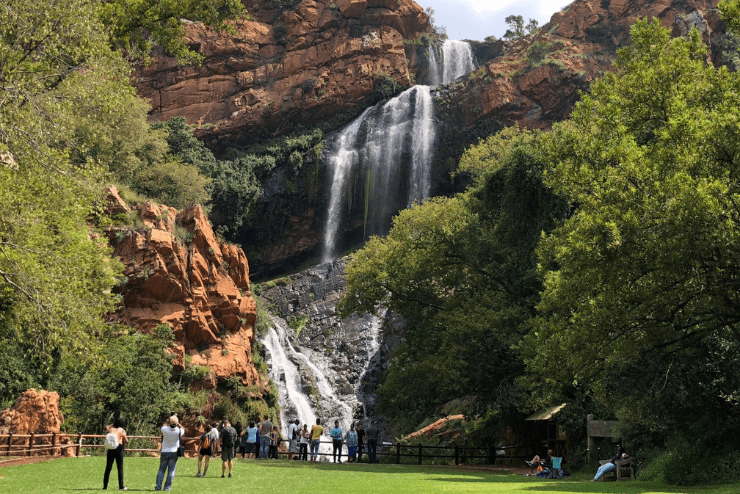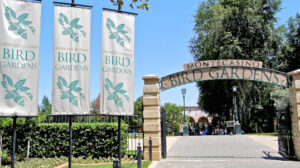Some Known Questions About Johannesburg North Attractions.
Table of ContentsIndicators on Johannesburg North Attractions You Need To KnowThe 15-Second Trick For Johannesburg North AttractionsThe Basic Principles Of Johannesburg North Attractions Our Johannesburg North Attractions Ideas3 Simple Techniques For Johannesburg North AttractionsJohannesburg North Attractions Fundamentals ExplainedWhat Does Johannesburg North Attractions Mean?
However you should keep safety in mind and visitors should remain alert whatsoever times when in unfamiliar environments. Speak with the locals when you are in community to locate out regarding the location you are remaining in. Johannesburg North attractions. When on the road (this does not put on shopping center and various other safe and secure settings) ideal general advice is to try your ideal to look like a neighborhood and to avoid showing any type of kind of riches
Not known Factual Statements About Johannesburg North Attractions
Professor Revil Mason O. J. (Thomson, 1946) checked out the Witwatersrand's pre-colonial history. His historical job took off the 'em pty land' misconception, according to which the region was lacking human habitation before the arrival of European settlers. In his publications Prehistory of the Transvaal: A Record of Human Task (1962) and Origins of Black People of Johannesburg and the Southern Western Central Transvaal Advertisement 3501880 (1986 ), Teacher Mason demonstrated the extent of social and financial advancement in the area before Europeans established foot right here.

Little Known Questions About Johannesburg North Attractions.
He acted with the government's consent, approved after he had actually vouched to maintain his explorations trick. In 1874, small mining operations were started in the Magaliesberg, where an Australian, Henry Lewis, had actually found gold deposits. In 1878, David Wardrop discovered gold in quartz capillaries at Zwartkop, north of Krugersdorp. In 1881, Stephanus Minnaar discovered gold on the farm Kromdraai, near the Cradle of Mankind.
In March 1886, an outcropping (soon to be called the Main Reef) was found, fairly fortunately, on Gerhardus Oosthuizen's farm Langlaagte. Some claim that the Lancastrian coal miner George Walker uncovered this coral reef. One more itinerant English miner, George Harrison (that had formerly operated in Australian mines) obtained a prospecting permit in regard of Langlaagte in May 1886.
He decided to proceed in a mission for greener pastures, and disposed of his Langlaagte case for the baronial sum of 10. Alas: under lay the richest goldfield ever found. The exploration of this rich auriferous coral reef provoked a gold thrill that signalled completion of bucolic go to this web-site serenity in the southern Transvaal.
It would, within 6 years, become the biggest town in southerly Africa. Within a decade, it would certainly make the Z. A. R. up until after that an anarchical and bankrupt little state the richest country in Africa. By the turn of the century, the Z. A. R. was to exceed Russia, Australia and the United States of America to end up being the globe's leading gold manufacturer, producing more than a quarter of the globe's gold.
The Only Guide for Johannesburg North Attractions
It was called Ferreira's Camp, named after Colonel Ignatius Ferreira. He was a Boer adventurer upon whom the British authorities had presented the standing of Buddy of the Most Differentiated Order of St Michael and St George (qualifying him to the post-nominal letters C. M. G.) in gratitude for his role in the battle that had deposed the Pedi king Sekhukhune in 1879.
Two various other camps were established: Meyer's Camp on the ranch Doornfontein, and Paarl Camp. The latter was nicknamed Afrikander Camp; many people from the Cape Swarm settled there.

The Facts About Johannesburg North Attractions Revealed
This name got money by word of mouth, such that the State Secretary verified the name to the Mining Commissioner on 9 October 1886. Stands in the town were auctioned on 8 December 1886. While some stands were marketed for 10, others were knocked down for as low as sixpence.
2 years later on, these erven were to alter hands for as high as 750 each. The tented camps diminished as a dorp of corrugated iron buildings developed and broadened north of the mines located along the Key Coral Reef Road. Areas such as Jeppe's Town (where working-class immigrants erected their houses) and Doornfontein (where the wealthy read this article brand-new 'Randlords' started to create their opulent residences) were quickly added to the ever-expanding map of the town.
Unknown Facts About Johannesburg North Attractions
Aside from the street names, there were no signs of Johannesburg being positioned in a Dutch-speaking nation. Several years later on, C. W. Kearns O. J. (among the first boys signed up at St John's College in 1898) would remember: 'A weird reality concerning Johannesburg was that, although it was in the [Boer Republic], nearly every person talked English and even the Federal government slaves resolved one in English, unless they were very first dealt with in the Taal (or Low Dutch)'.
Britain had an interest in making certain optimal problems for gold manufacturing on the Witwatersrand, and that the gold was exported to London instead than Berlin a necessary provided all the extra clamant by the Z. A. R.'s enhancing toenadering with Germany. Mine proprietors were on a crash course with Head of state Kruger, whose plan of monopolistic giving ins (typically provided to his cronies) avoided mining firms from procuring supplies of products (particularly dynamite) and work by themselves, less expensive terms
The 25-Second Trick For Johannesburg North Attractions
In 1890, the Volksraad had restricted the franchise to white guys who had stayed in the Z. A. R. for fourteen years or longer, hence disqualifying a lot of the immigrants (that took place to be the significant contributors to the fiscus). However, agitation for the vote was a mere pretext for promoting a different program; a lot of uitlanders concerned themselves as momentary site visitors and had no intention of remaining in the Z.